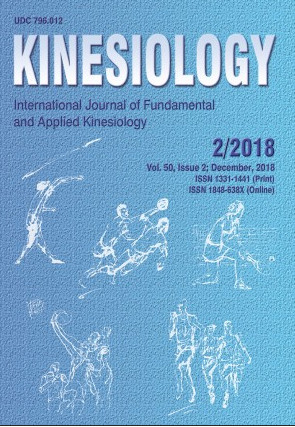The inside game constitutes an essential aspect of modern basketball, particularly in the National Basketball Association (NBA), in where the best players of the world compete. The purpose of this study was to identify players’ dynamics that increase game performance when using inside pass in the NBA, considering game contextual effects. The sample included 808 inside passes from 25 randomly selected matches of the 2011 NBA Playoffs series. A series of logistic regression analyses were used to analyse passers and receivers’ actions and their effectiveness during inside passes, both isolated and combined. Main results revealed that the interactions combining passer’s previous actions (dribbling or faking) with receiver’s cuts towards the basket achieved the highest offensive effectiveness. Performing screens in favour to the receiver was an effective alternative to increase inside passing options since it reduces the defensive pressure. Furthermore, player’s actions previously passing the ball were further successful if combined and synchronized with the receivers’ displacements, especially when cutting to the basket. This information allows a better understanding of basketball collective strategies, contributing in the design of precise practice tasks and so improving the training process.
Sažetak

 Kinesiology : 50,2(2018) / editor-in-chief Dragan Milanović.
Kinesiology : 50,2(2018) / editor-in-chief Dragan Milanović.